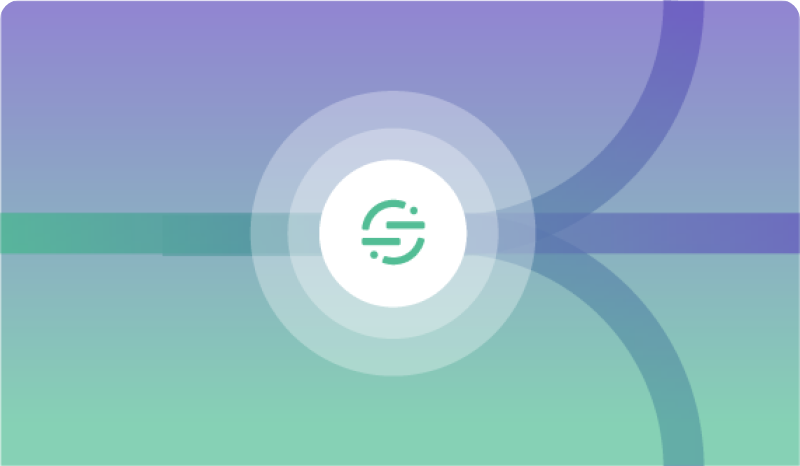Don’t Fall For the False Binary: Why You Need a CDP + Data Warehouse
Learn how CDPs and data warehouses work together to better govern, unify, and activate data.
Learn how CDPs and data warehouses work together to better govern, unify, and activate data.
We’re in the midst of an either-or debate; one that pits the Customer Data Platform and data warehouse against each other. One of the key talking points in this back-and-forth is where the warehouse should sit in your data architecture, and whether this compliments a CDP, or removes the need for one altogether
It’s the sort of bold statement that catches your attention but then falls apart under further inspection. Because somewhere along the line this conversation became muddled and morphed into a misleading ultimatum: to have your warehouse as a source of truth, you had to choose between the CDP or the cloud data warehouse – which is just incorrect.
For one, CDPs and data warehouses have distinct but important roles in the larger composable tech stack. When used in tandem, they act as incredible complements to one another: consolidating real-time and historical data, unlocking advanced analytics and use cases for technical and non-technical teams, and protecting data quality at scale.
So, let’s break down this false binary.
Over the past five years, we’ve seen more and more customers using data warehouses and CDPs together. We’ve had integrations with data warehouses since the beginning, but they’ve recently become our second most popular destination. Each month we’re syncing up to 1 trillion rows of data to cloud warehouses; a trend that reflects growing data volumes and businesses' broader investment in advanced analytics.

Because of their centralized data storage and scalability, data lakes and data warehouses have turned into a source of truth for many businesses. Yet, one of the biggest misconceptions is that in doing this a CDP becomes redundant.
The reality is that CDPs and data warehouses should be working together, not replacing one another.
Relying solely on the data in your warehouse will only get you so far. To stay competitive, businesses need to process data in real time, contextualize this data, and make it actionable across teams (also in real time). This is how businesses can unlock advanced tactics like predictive marketing or householding.
Take MongoDB, who was able to enrich their customer profiles in their data lake and unify offline and online behavior. Having this complete understanding of user’s behaviors, interests, and history allowed their team to intelligently engage individuals with one-to-one messages. The result has been a marked improvement in everything from return on ad spend to customer satisfaction rates.
This is the crux of the CDP-warehouse connection: linking real-time events with non-streaming data from your warehouse (e.g., contextual data like transactional records or customer support logs), and making those insights available in downstream tools for immediate activation.
Segment can help combine real-time events with data from your warehouse in a few ways.
First, companies can use our configurable data graph to map the relationships between their event data and warehouse-based records. We also have an intuitive, no-code audience builder, Linked Audiences, for marketers so they can spin up targeted campaigns in minutes – no waiting on manual audience exports or SQL required.
This helps companies gain three important advantages: faster time-to-insight, faster insight-to-action, and support for any use case with one platform regardless of where the data lives.

A great example of this is with the global healthcare company, Sanofi. They used to use ETL and batch processing exclusively to build customer profiles in their warehouse. Prior to using Segment it would take roughly three days to activate this data, and by that time, the information was outdated. Sanofi provides vaccines and medicines to millions of people around the world and works closely with healthcare providers to give patients the best possible care. They couldn’t afford to have delayed data or blindspots in the user journey.
With Segment they could create real-time, identity-resolved customer profiles that are synced to their data warehouse. Now, Sanofi can stitch online and offline interactions together, and attribute anonymous behavior to the correct person once they become known in their database.
This has led to a much more in-depth understanding of healthcare providers’ interests, needs, and pain points (Sanofi’s profiles have roughly 60 traits each). And with Reverse ETL, this data can be sent to any downstream tool for activation, so that they can now send highly relevant email to healthcare providers interested in specific topics.
Recent conversations around data warehouses vs. CDPs are rooted in another false binary: the build vs. buy debate. As businesses know, it’s never a clear line down the middle. Often, choosing what to own in-house vs. outsource comes down to how you want teams to spend their time and how you plan to scale.
Investing in API-first platforms like Twilio Segment allows businesses to build on top of an out-of-the-box infrastructure. This can help offload some of the bandwidth involved in building integrations, applying data governance, unifying data, or orchestrating cross-channel journeys (depending on your specific needs).
Data warehouses have a central role in modern tech stacks, offering robust data storage and a breadth of analytics. When paired with a CDP, organizations can ensure this source of truth 1.) doesn’t become corrupted with bad data and 2.) doesn’t become an inaccessible mystery to other teams.
Want to learn more about Segment’s interoperability with warehouses? Check out Profiles Sync and Linked Audiences.

Our annual look at how attitudes, preferences, and experiences with personalization have evolved over the past year.